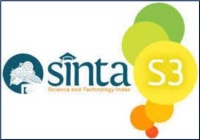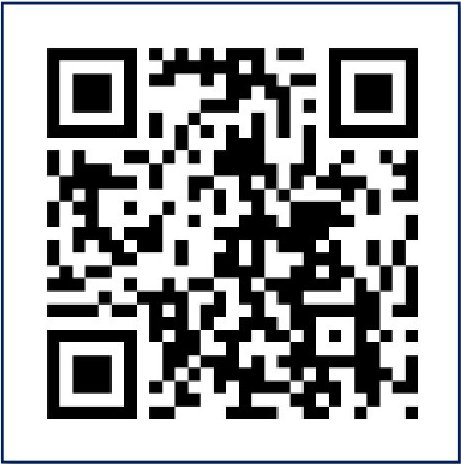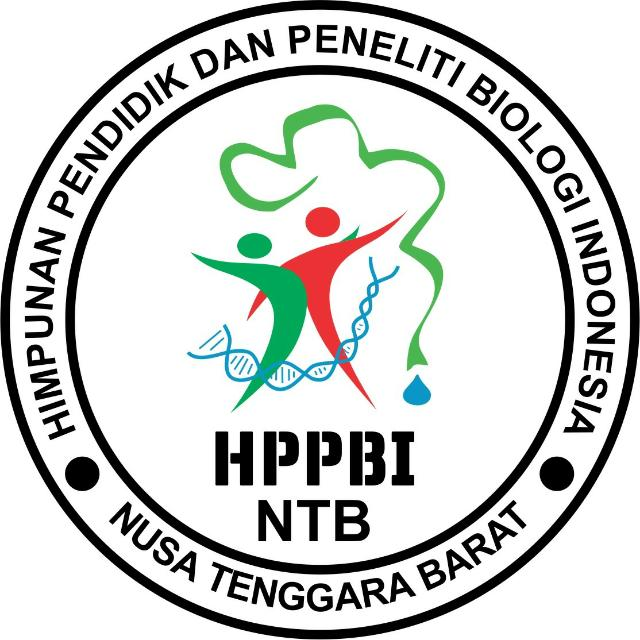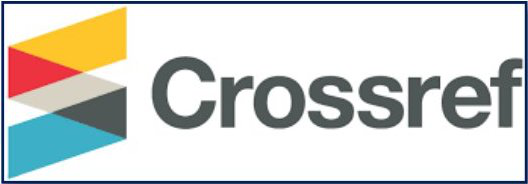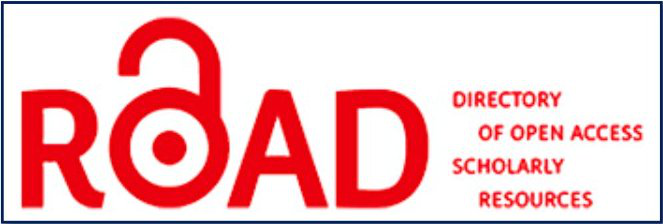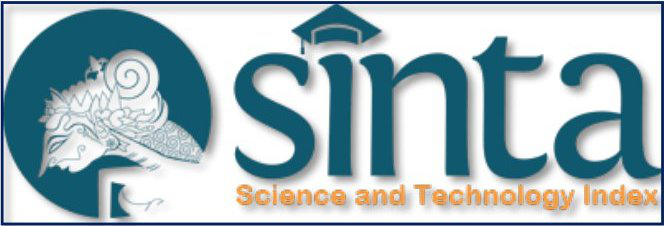Profil Kemampuan Berpikir Kreatif Siswa pada Materi Perubahan Lingkungan
Abstract
This study aims to determine the initial profile of students' creative thinking on environmental change material in class X SMA Negeri I Purwantoro. This research is a descriptive qualitative research. The research sample was class X4 students totaling 33 students who were determined by purposive sampling technique. The research instrument used was a creative thinking ability test in the form of essay questions. Data analysis used descriptive quantitative. The results showed that the average creative thinking ability of students with a percentage of 38.75% and the category was less creative. The percentage for each aspect of students' creative thinking skills is in the fluency aspect of 41% with a fairly creative category, flexibility of 38% with a less creative category, originality of 39% with a less creative category, and elaboration of 36% with a less creative category. Thus, it can be concluded that the creative thinking skills of students in class X SMAN 1 Purwantoro are generally in the less creative category.
Keywords
Full Text:
PDFReferences
Ekawati, E., & Sumaryanta. (2011). Pengembangan Instrumen Penilaian Pembelajaran Matematika SD / SMP. Kementerian Pendidikan Nasional Badan Pengembangan Sumber Daya Manusia Pendidikan dan Penjamnan Mutu Pendidikan.
Hidayah, N. C., Ulya, H., & Masfuah, S. (2021). Analisis Kemampuan Berpikir Kreatif Siswa Sekolah Dasar Berdasarkan Tingkat Kemampuan Matematis (Analysis of the creative thinking ability of elementary school students based on the level of mathematical ability). Jurnal Educatio FKIP UNMA, 7(4), 1368–1377. https://doi.org/10.31949/educatio.v7i4.1366
Imaroh, R. D., Sudarti, S., & Handayani, R. D. (2022). Analisis Korelasi Kemampuan Berpikir Kreatif dengan Model Problem Based Learning (PBL) pada Pembelajaran IPA. Jurnal Pendidikan MIPA, 12(2), 198–204.
Jumi, W., Suleman, N., & Tangio, J. S. (2018). Identifikasi Kemampuan Berpikir Kreatif Siswa Menggunakan Soal Tes Open Ended Problem Pada Materi Elektrokimia di SMA Negeri 1 Telaga. Jurnal Entropi, 13(1), 35–43. https://www.neliti.com/publications/277442
Khoiriyah, A. J., Java, E., & Java, E. (2018). Problem-Based Learning : Creative Thinking Skills , Problem- Solving Skills , and Learning Outcome Of Seventh Grade. JPBI (Jurnal Pendidikan Biologi Indonesia), 4(2), 151–160.
Marliani, N. (2015). 234813-Peningkatan-Kemampuan-Berpikir-Kreatif-M-69C902C2. Jurnal Formatif, 5(1), 14–25.
Mawardi, A. F., Pasiska, & Ngimadudin. (2022). Cognitive and Affective Factor in Learning Proses (Faktor Kognitif dan Afektif dalam Proses Pembelajaran). Edification Journal, 4(2), 357–373.
Mayasari, A., Arifudin, O., & Juliawati, E. (2022). Implementasi Model Problem Based Learning (PBL) dalam Meningkatkan Keaktifan Pembelajaran. Jurnal Tahsinia, 3(2), 167–175.
Noperman, F. (2025). INOVASI PEMBELAJARAN : dari ide kreatif di kepala sampai praktik inovatif di kelas. Laksbang Pustaka
Pratiwi, G. D., Supandi, S., & Harun, L. (2021). Profil Kemampuan Berpikir Kreatif Matematis Siswa Ditinjau dari Kemandirian Belajar Kategori Tinggi. Imajiner: Jurnal Matematika Dan Pendidikan Matematika, 3(1), 78–87. https://doi.org/10.26877/imajiner.v3i1.7184
Qomariyah, D. N., Subekti, H. (2021). Analisis Kemampuan Berpikir Kreatif: Studi Eksplorasi Siswa di SMPN 62 Surabaya. Pensa E-Jurnal : Pendidikan Sains. 9(2), 242–246.
Rif’at, M. F., Wati, M., & Suyidno, S. (2020). Developing Students ’ Responsibility and Scientific Creativity through Creative Responsibility Based Learning in Learning Physics. Berkala Ilmiah Pendidikan Fisika. 8(1), 12–22. https://doi.org/10.20527/bipf.v8i1.7879
Rosaline, N., Julianto, I. N. L., & Mudra, I. W. (2023). Media Pembelajaran Interaktif Smart Finger Tenses Berbasis Website untuk Siswa Sekolah Menengah Pertama di Badung. Andharupa: Jurnal Desain Komunikasi Visual & Multimedia, 09(04), 578–596.
Santoso, B. P., & Wulandari, F. E. (2020). Pengaruh Pembelajaran Berbasis Proyek dipadu dengan Metode Pemecahan Masalah pada Keterampilan Berpikir Kreatif Siswa. Journal of Banua Science Educatior, 1(1), 1–6.
Solikhin, M., & Fauziah, A. N. M. (2021). Analisis Kemampuan Berpikir Kritis Siswa SMP pada Pelajaran IPA saat Pembelajaran Daring selama Pandemi Covid-19. Pensa E-Jurnal : Pendidikan Sains, 9(2), 188–192.
Sumintono, B., & Widhiarso, W. (2015). RascH. Trim komunikata.
Supiadi, E., Sulistyo, L., Rahmani, S. F., Riztya, R., & Gunawan, H. (2023). Efektivitas Model Pembelajaran Terpadu dalam Meningkatkan Kemampuan Berpikir Kreatif dan Hasil Belajar Siswa di Sekolah. Journal on Education, 05(03), 9494–9505.
Suyidno, D. D., Mohamad, N., & Leny, Y. (2017). Maximizing Students ’ Scientific Process Skill within Creative Product Design : Creative Responsibility Based Learning. Proceeding the 5th South East Asia Development Research (SEA-DR) International Conference., 100, 98–103.
Torrance, E. P. (1969). Prediction of Adult Creative Achievement Among High School Seniors: Winter, 223–229.
Trilling, B., & Fadel, C. (2009). Bernie Trilling, Charles Fadel-21st Century Skills_ Learning for Life in Our Times -Jossey-Bass (2009). Journal of Sustainable Development Education and Research, 2(1), 243.
Yolanda, S. B., Mahardika, I. K., & Wicaksono, I. (2021). Penggunaan Media Video Sparkol terhadap Kemampuan Berpikir Kreatif Siswa pada Pembelajaran IPA di SMP. JPF (Jurnal Pendidikan Fisika), 9(2), 189–203.
DOI: https://doi.org/10.33394/bioscientist.v13i2.16273
Refbacks
- There are currently no refbacks.

This work is licensed under a Creative Commons Attribution-ShareAlike 4.0 International License.

Bioscientist : Jurnal Ilmiah Biologi is licensed under a Creative Commons Attribution-ShareAlike 4.0 International License
Editorial Address: Pemuda Street No. 59A, Catur Building Floor I, Mataram City, West Nusa Tenggara Province, Indonesia

